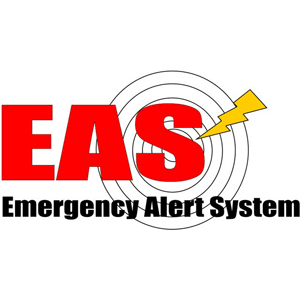FCC: 2021 National EAS Test Showed Improvement


On August 11, 2021, the Federal Emergency Management Agency (FEMA), in coordination with the Federal Communications Commission (Commission or FCC), conducted a nationwide test of the Emergency Alert System (EAS) using only the broadcast-based distribution system, otherwise known as the “EAS daisy chain.” FEMA stated that “[t]he intent of conducting the test in this fashion is to determine the capability of the [EAS] to deliver messages to the public in event that dissemination via internet is not available.” This was the sixth EAS nationwide test.
The large majority of the EAS Participants – radio and television stations, cable television systems, direct broadcast satellite (DBS), Satellite Digital Audio Radio Service (SDARS), digital audio broadcasting systems, and wireline video systems – reported successful receipt and retransmission of the nationwide test. The test thus demonstrated that the national EAS distribution architecture is largely effective as designed. As anticipated, the test also shed light on challenges that impeded the ability of some EAS Participants to receive and/or retransmit the test alert.
The overall results of the 2021 nationwide EAS test, as determined based upon data collected from the FCC’s EAS Test Reporting System (ETRS) and outreach to FEMA and State Emergency Communication Committee (SECC) representatives, demonstrate the following:
- The test message reached 89.3% of the EAS Participants, an increase from 82.5% in the 2019 test. The 2019 test and this year’s test both evaluated the broadcast-based architecture. The overall retransmission success rate was 87.1%, which is an increase from 79.8% reported in 2019;
- In this year’s EAS test, FEMA and SECC representatives reported that seven Primary Entry Point stations experienced technical complications, down from twelve Primary Entry Point stations that experienced similar complications in 2019;
- Test participants reported roughly half as many complications with receipt and retransmission as
compared to 2019.
The FCC noted that “It is critically important that those EAS participants that are widely monitored use testing to ensure their EAS equipment is in reliable working order. As observed in 2019, the system would largely perform as designed, and it would reach the vast majority of the public, if activated without the availability of the internet.”
Read the entire FCC Nationwide Test report here.
